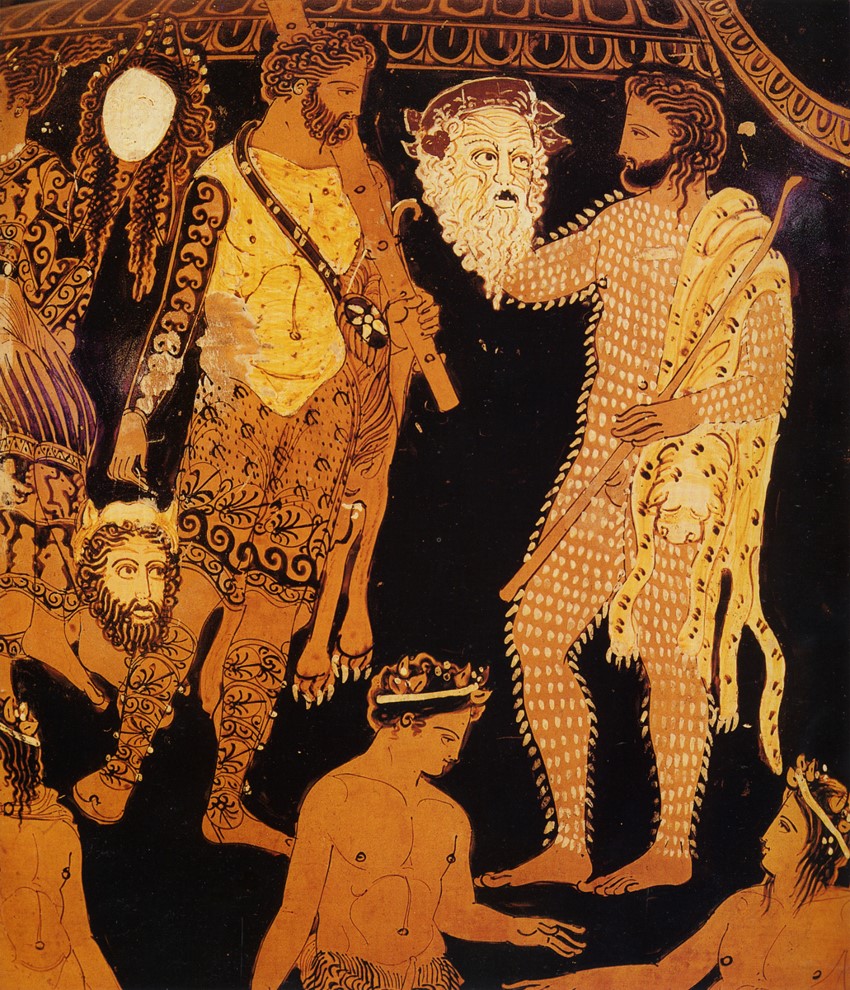Dramatic performances took place in Athens at the Lenaia festival each January and Dionysia in March. These were religious occasions in honour of the god Dionysus and each festival (like a community carnival) lasted a week. Tragic drama was part of the worship of divinity, an event with its place fixed in the religious calendar and marked as sacred by the rituals which surrounded it: a torchlight procession brought the statue of Dionysus from the altar on the road to Eleutherae to his theatre in Athens. This was the great procession on the first day of the Dionysia.

Competition
The best tragedy and best comedy were awarded a much-coveted prize, determined by 10 judges.
Audience
The theatre held 14,000 people and the bulk of audience would have been (male) citizens who also attended the assembly and the law courts. Non-Athenians were present at the Dionysia. It took place when land and sea routes had reopened after winter and the festival was a show for the Greek world.
Chorus
The Chorus contained 12-15 members who sang and danced those parts of tragedy written in lyric metres. They occupied the focal point of the theatre, the large circular orchestra around which the audience was seated.

The Tragic Festival
Three playwrights entered four plays each, three tragedies (a trilogy of connected subject matter) and a satyr play (comedy).
The only surviving trilogy is Aeschylus’ Oresteia: Agamemnon, The Libation Bearers and Eumenides.
The only surviving extant plays are written by:
- Aeschylus (525-456BC): six plays survive, we have the titles of 80. It is not known on how many occasions Aeschylus’ group of four plays won competition.
- Euripides (485-406BC): 19 plays survive, we have 92 titles. Euripides won first prize on six occasions.
- Sophocles (496-406BC): seven plays survive, we have the titles of 123. He won first prize 24 times.
Three actors each played several parts in the play. They wore all-over masks with hair. and because their facial expression could not be seen, actors used gesture and words to portray emotions, for example, “I’m weeping”. Roles were identified with the masks and brightly coloured costumes. Women were not permitted to participate as actors and female parts were played by men.
Next time: ancient Greek comedy.

One thought on “Ancient Greek Drama”